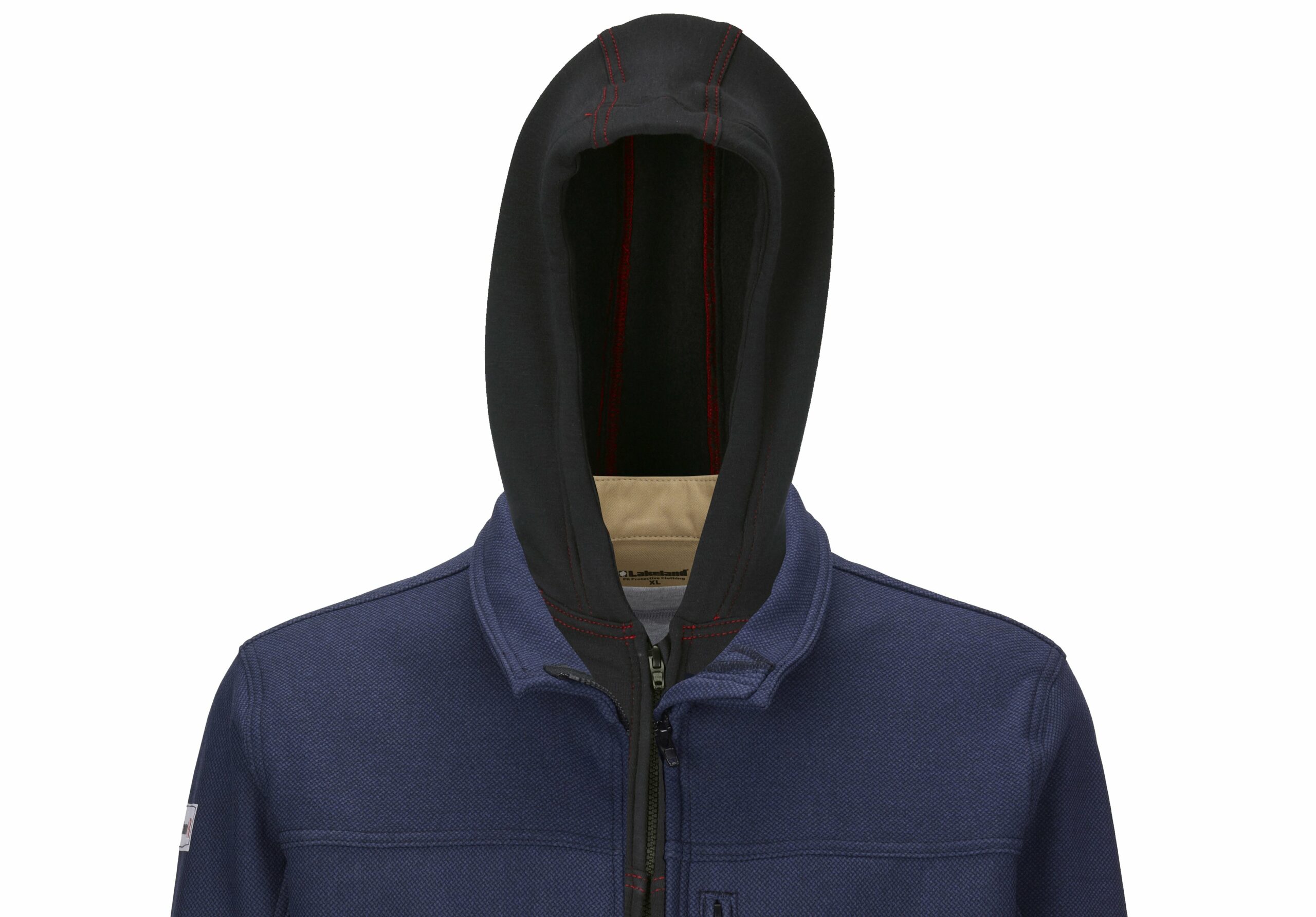Some protective coveralls feature thumb loops and others don’t. Why? Is this just a design variation or a reflection of the complete garment design?
Most European garments use a pattern style commonly known
It is just one of the reasons Lakeland CE garments feature a unique combination of three design elements – a three-piece hood resulting in a better fit to the head, a two piece diamond crotch gusset, improving fit and durability at the crotch, and most importantly, an inset sleeve. In this style the garment is cut to the same shape as the body, following the contour of the arm and torso so that the garment arm is “hinged” where it should be – at the shoulder. This results in less pulling at the crotch, allows a shorter, better fitting body and most importantly removes the need for thumb loops because there is less pulling back of the sleeves.
Thus Lakeland coveralls do not feature thumb loops – because the unique, “Super-B” style simply means they are not needed.
On the left a Lakeland ChemMAX 1 coverall without thumb loops. On the right a competitors coverall with thumb loops. Which appears more effective?
Another critical – and arguably deciding factor users should consider is the potential hazard presented by thumb loops. In our experience operators often do not use them even when they are present, in which case they can hang loosely and may catch in any machinery and cause real problems. Unused thumb loops could easily result in unforeseen accidents if not removed so if users have them but don’t use them we would always recommend cutting them off before use – which of course begs the question of why they are there in the first place…
If you would like more information on Lakeland’s “Super-B” garment style contact us at sales-europe@lakeland.com and one of our Sales managers will be pleased to demonstrate.
Or, for more information on selecting the right chemical suit and additional equipment for your workplace, click below:






